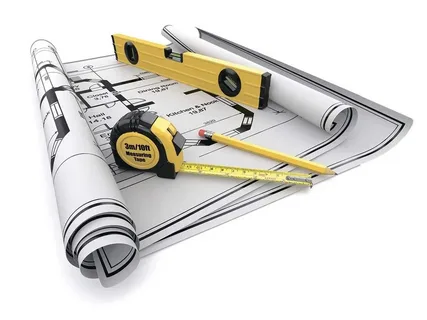The construction field succeeds in having project planning as a fundamental requirement. The foundation of project success allows careful planning of all construction elements from design through coordination and execution. Construction drawings have been transformed by 3D visualization as a technology which serves professionals through advanced conceptualization features and design capabilities for better project execution.
Table of Contents
What is 3D Visualization in Construction?
Medical staff use 3D modeling and animation together with rendering for pre construction visualization of buildings, which is an essential part of contemporary construction. These designing methods supply realistic visual elements that let stakeholders observe project designs and spatial requirements and anticipate possible challenges. Some common techniques include:
- Developers employ 3D Modeling to generate computer codes of buildings through structured lines and shapes.
- 3D Rendering enables users to create realistic images using 3D models with added textures and lighting effect adjustments.
- The process of rendering 3D animations presents viewers with simulated movement and element intimacy and interaction in architectural structures.
- Such interactive environments enable stakeholders to explore buildings virtually with a deep, immersive experience through what is known as virtual walkthroughs.
The UK building sector has adopted 3D visualization technology to establish improved construction project management methods, which enhance design precision, collaborative work, and overall project efficiency.
Challenges Without 3D Visualization in Project Planning
Construction professionals who do not use 3D visualization encounter multiple difficulties, which result in time-consuming delays together with miscommunication along inefficiency problems.
- Traditional 2D drawings and static models prove insufficient for delivering clear spatial details of projects. The result of poor visualization leads to inaccurate design decisions which produce wrong calculations for construction projects.
- Misunderstandings arise when everyone interested in the project cannot properly see the design because communication barriers emerge, which results in both delays and expensive mistakes.
- The process of 3D visualization enables improved project collaboration because it allows all stakeholders to view the project through one shared clear vision. Team members’ coordination can decline because of 3D visualization’s absence which results in inconsistent work and setbacks.
- The absence of 3D visualization leads to slow reaction-based decision-making since stakeholders need 3D simulation tools to test different design approaches.
- Visual project understanding becomes difficult for clients when they do not have visual representation tools, which results in customer dissatisfaction and unintelligible misunderstandings.
- The absence of 3D visualization creates higher probabilities for designers to make errors that need rectification, which escalates the project cost and timeline.
Benefits of 3D Visualization
Construction project planning is enhanced when 3D visualization becomes an integral component because it produces diverse advantages. 3D rendering tools enable architects to concentrate on design creativity instead of technical challenges, thus creating innovative architectural and design products.
The implementation of 3D visualization creates a better understanding of design development for customers. The models become available throughout different development phases, which helps clients better connect their expectations to reality and achieve satisfaction. Project execution benefits from real data applications in 3D models, which enables better decision-making to maintain project timelines and expenses.
The use of 3D visualization enables designers to discover early design interferences which helps prevent expensive rework and change orders costs. Strategic risk reduction occurs because design flaws discovered in advance enable teams to implement preventative actions that prevent both time and financial damages.
It enables users to evaluate environmental project impacts thus incorporating sustainable design approaches successfully. Coinciding 3D model outputs with original blueprints enables teams to check every aspect of construction work against the initial design plan, thus helping to identify potential mismatches.
Real-time sharing and review functions for 3D models strengthen architect-engineer relationships with other stakeholders for better problem-solving, which reduces project delays.
Conclusion
3D visualization stands as an essential technology that provides profound value to construction project scheduling activities. The approach provides multiple advantages to design quality and improves collaboration and client interaction by reducing potential mistakes and redesigning work. The adoption of 3D visualization stands in a position to reshape the built environment as the construction sector evolves into the future.


